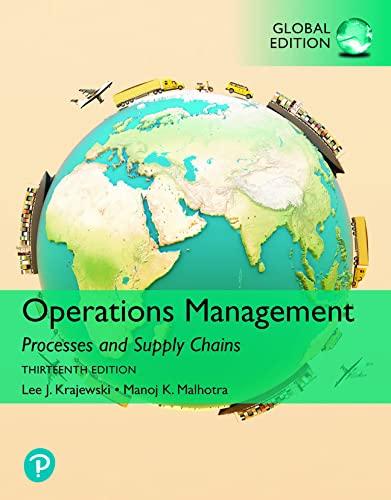Question
FINANCIAL PERFORMANCE AND MANAGEMENT OUTLOOK To understand the current state of financial affairs and the management outlook for the future, Malhotra looked at the director's
FINANCIAL PERFORMANCE AND MANAGEMENT OUTLOOK
To understand the current state of financial affairs and the management outlook for the future, Malhotra looked at the director's report and the management discussion and analysis section of the Federal Bank's annual report for FY 2013/14. The bank recorded a net profit of 8,380 million in FY 2013/14, a growth of almost 25 per cent over the previous year, driven mainly by improvement in net interest income and reduced credit cost.
The bank had also kept its focus on strengthening the fee-based income streams, resulting in robust growth in non-interest income by 4.3 per cent in FY 2013/14. Overall, the bank's return on assets and return on equity that year stood at 1.2 per cent and 12.8 per cent respectively. The bank's provision coverage against non-performing advances, expressed as a percentage of gross non-performing assets, amounted to 84.16 per cent in FY 2013/14, well above the RBI mandated minimum of 70 per cent. Lastly, the bank operated with a comfortable equity capital position; the bank's capital adequacy ratio, computed according to Basel
III guidelines, was 15.14 per cent as of March 2014.
Going forward, management identified the bank's key challenges as improving operational efficiencies and implementing prudent risk management practices. Over the previous two years, the Indian banking sector had witnessed high price inflation, rupee depreciation, global industrial slowdown, and rising asset delinquencies. Nonetheless, Federal Bank's management believed that the future outlook was stable due to the bank's strong financial position, visible improvement in the macroeconomic environment, and easier
external financing conditions.
VALUING FEDERAL BANK: DIVIDEND DISCOUNT VALUATION METHOD
The dividend discount valuation approach involved finding the present value of all of the bank's future dividends during the forecasted period, and then discounting that value at the computed cost of equity. The result was the intrinsic value of the stock.
Forecasting Future Data for Dividend Discount Valuation
To forecast the future dividends for the valuation exercise, Malhotra needed to forecast the Federal Bank's financial statements Given management's future outlook and the bank's strong financial position, Malhotra was confident that the Federal Bank would be able to grow its loan book at approximately 15 per cent per year for the next five years, until 2019. To forecast the deposits, Malhotra assumed a constant advances-deposit ratio in line with FY 2013/14. Fee growth and provisions were assumed to increase in line with the loan growth in the future. Malhotra further assumed that net interest margins, cost-income ratio, cash and bank balances, and CASAs would be stable and in line with the FY 2013/14 levels. A tax rate of 30 per cent was a reasonable assumption to work with. The notable change Malhotra expected was a growth in the dividend payout ratio to about 30 per centthe higher figure reflecting the bank's strong financial position.
The final consideration for Malhotra was determining the cost of equity that would be used as the discounting factor. To sort out the cost of equity, Malhotra estimated that the one-year beta for Federal Bank would be 1.1 and the average equity risk premium for India was 5 per cent. She visited the RBI's website to get information about the risk-free rate. She learned that the yield on India's 10-year government
treasury securities was 8.84 per cent on March 31, 2014.
Question:
using the dividend discount valuation modelWhat is the long-term growth rate and cost of equity using the (CAPM) model of Federal Bank?
Step by Step Solution
There are 3 Steps involved in it
Step: 1

Get Instant Access to Expert-Tailored Solutions
See step-by-step solutions with expert insights and AI powered tools for academic success
Step: 2

Step: 3

Ace Your Homework with AI
Get the answers you need in no time with our AI-driven, step-by-step assistance
Get Started


